Larval/Pupal Sampling
- Prespray samples help determine the need for and timing
of treatments
- 15-minute sample taken from riffle/run black fly habitat areas
- Sample vegetation, debris and rocks, with fingers and forceps
- Transfer larvae/pupae to vials of 70% ethanol for Lab Identification
- Postspray Samples help determine treatment effectiveness
Adult Sampling
- Sampling sites established at parks, schools, ballfields, & other outdoor recreation areas.
- Disturb vegetation for 100 meters, lay down trail of CO 2 and human scent
- Take 9 sweeps (3 sets of 3 sweeps) with 10 in. net, shake down adults
- Transfer adults to labeled sample bottle of 70% ethanol for Lab Identification
- Collectors are prohibited from smoking or using tobacco products, and may not apply insect repellents during the collection process.
Laboratory Identification
- Samples delivered to PA DEP Laboratory for identification.
- DEP biologists and interns identify samples using microscopes and taxonomic keys.
- Species identifications and counts, as well as life stages, are recorded in GIS-based data system.
- This information is used in planning and reviewing statewide black fly treatments.
Data System Entry
- All samples are barcoded for purposes of tracking through the collection/identification process.
- At the lab, sample and species data is recorded in an internal GIS-based data system.
- Sample and summary reports, as well as maps, are available in a real-time basis and used in planning and reviewing statewide treatments.
Spray Operations
- Treatments scheduled only when larval sample results indicate presence of human pest species (i.e.Simulium jenningsi )
- DEP notifies federal, state, and county authorities, including emergency management personnel, of upcoming black fly treatments.
- DEP biologists direct treatments in coordination with aerial application contractors.
- Treatments consist of aerial applications of environmentally-safe, naturally-occurring soil bacteria, Bti .
- Reviews of treatment-effectiveness after each treatment are conducted by DEP biologists.
Non-Target Biomonitoring
- Bio-monitoring of aquatic macroinvertebrates and fish is conducted by DEP on selected treatment streams to ensure there are no environmental impacts.
- Samples collected using US-EPA Rapid Bio-Assessment Protocols at Bti-treatment sites and compared to samples from untreated control sites.
- Data analyzed using metrics for species richness, diversity, abundance, population density, composition and tolerance.
- Results confirm that a carefully managed Bti treatment program can provide effective black fly control with no major impacts to non-target organisms.
- A DEP-funded five-year study by the Academy of Natural Sciences of Philadelphia and Stroud Water Research Center found no significant impacts to fish and insects.
|

Sampling for Black Flies in a Stream
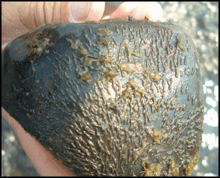
Black Fly Larvae on Rock
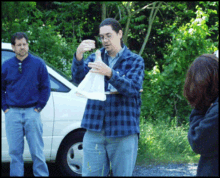
Transferring Adults Net to Bottle
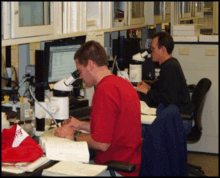
Lab Identification of Black Flies
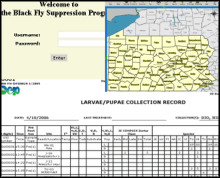
GIS-Based Data System
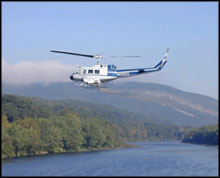
Helicopter Spraying to Control Black Fly Populations
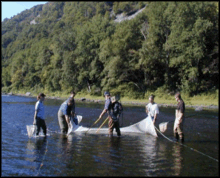
Non-Target Biomonitoring
|